A sleep eating disorder may not seem very serious at first glance but this type of problem can have wide-ranging effects that make it extremely troublesome and even dangerous. Eating after the dinner hour in general is not good for you, as your body cannot process food as easily later in the day, which is why it often leads to extreme weight gain. When that eating is occurring while an individual is asleep it can be even more worrying as it is nearly impossible to control.
So what exactly are these sleep conditions that involve eating? There are two of them: nocturnal sleep related eating disorder (NS-RED) and night eating syndrome (NES). Both involve individuals preparing and eating food during the night. In the case of NS-RED, the individual will usually have no memory of eating, while NES involves conscious eating during the night. Either type of sleep related eating disorder can be serious as they may lead to obesity, self-image issues, and even type-2 diabetes.
As a sleep eating disorder, NS-RED is often an outgrowth of sleep walking. Individuals who suffer from NS-RED may get up, walk into the kitchen, prepare themselves some food and eat it with no recollection of having done so. Not only can this leave them in danger of gaining weight and developing weight-related illnesses, it can also be a cause of shame as their body size increases. Also, since it can involve the use of knives and other sharp instruments while not fully conscious, it can be a severe safety issue.
On the other hand, NES, as opposed to nocturnal sleep related eating disorder, can have an effect on the sleep pattern as well as weight. Often individuals with NES will need to eat in order to be able to fall asleep, which can work itself into a very unhealthy pattern. They may even wake from sleep multiple times during the night and need to eat again each time before they can fall back to sleep. Not surprisingly, this type of sleep related eating disorder can have extensive physical and psychological repercussions.
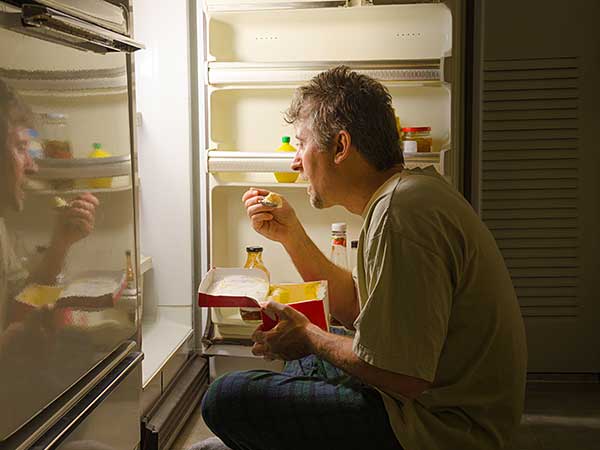
mokee81 / stock.adobe.com

mokee81 / stock.adobe.com
Other Common Symptoms Of A Sleep Eating Disorder
Other common symptoms of the sleep eating disorder NES include having no appetite for breakfast, eating more food after dinner than during the meal itself and eating more than half of your daily food intake after dinner. Because NES and NS-RED are both hybrids of sleep and eating disorders, they often go hand in hand with other eating disorders such as bulimia.
While anyone can suffer from nocturnal sleep related eating disorder it is generally more common in women than men and is more prevalent among those with eating disorders and those who diet during the day. Often, individuals with a sleep related eating disorder also suffer from alcoholism, drug addiction or other sleep issues.
Though a sleep eating disorder can be troubling, there are ways to treat these conditions. The first step is to have a sleep test done to determine the exact nature of the problem. While medication can work in some cases, sleeping pills are not recommended as they can cause confusion and clumsiness, which can increase the risk of injury. More often, treatment will involve the use of various stress management techniques along with limiting your intake of alcohol and caffeine.
While sleep eating can be a challenge, it doesn’t have to take over your life. If you are suffering from this type of disorder, talk to your doctor today and see what you can do to take back control of your sleep and eating patterns before they get any worse.
Related Articles:
Nocturnal Sleep Related Eating Disorder and Night Eating Syndrome



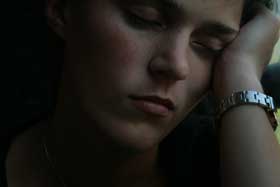
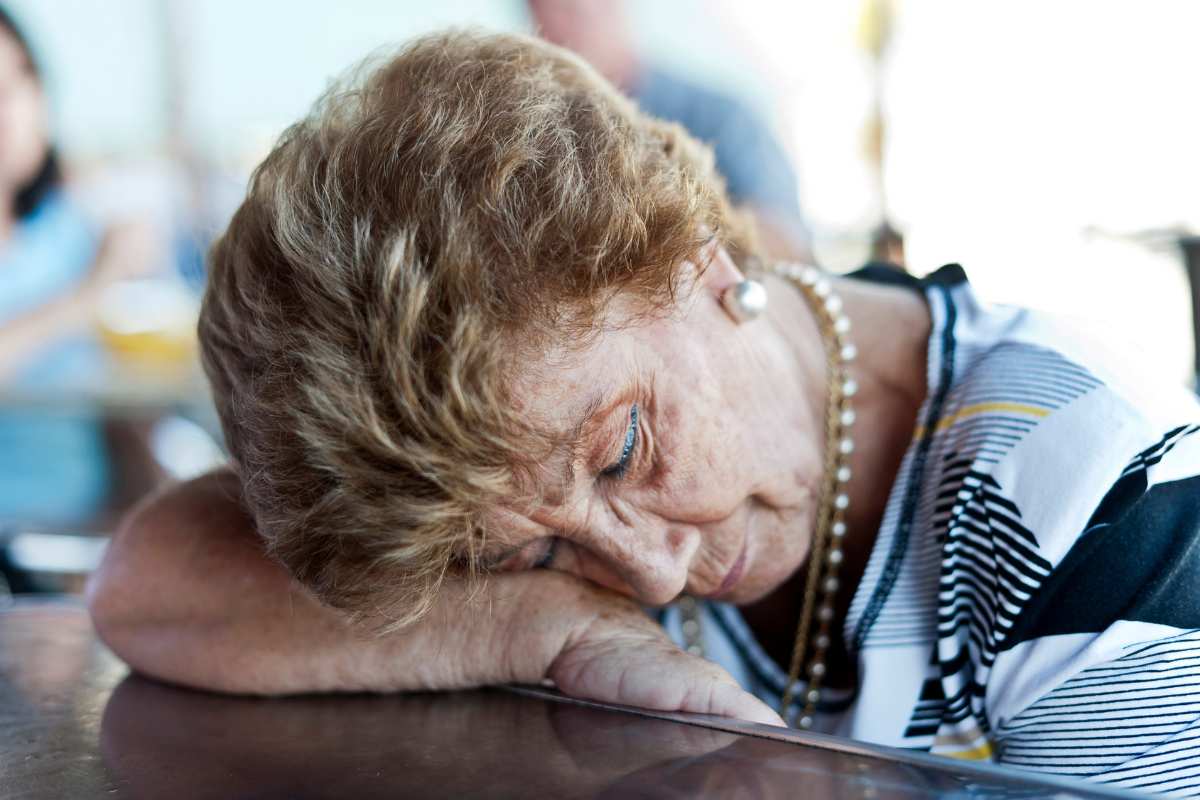
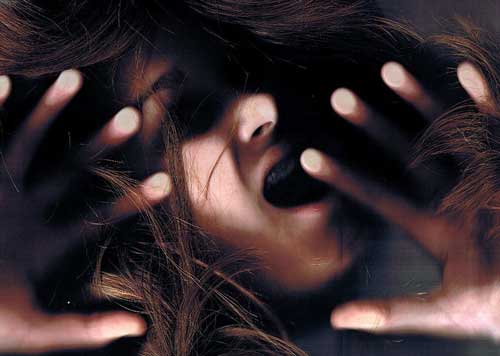

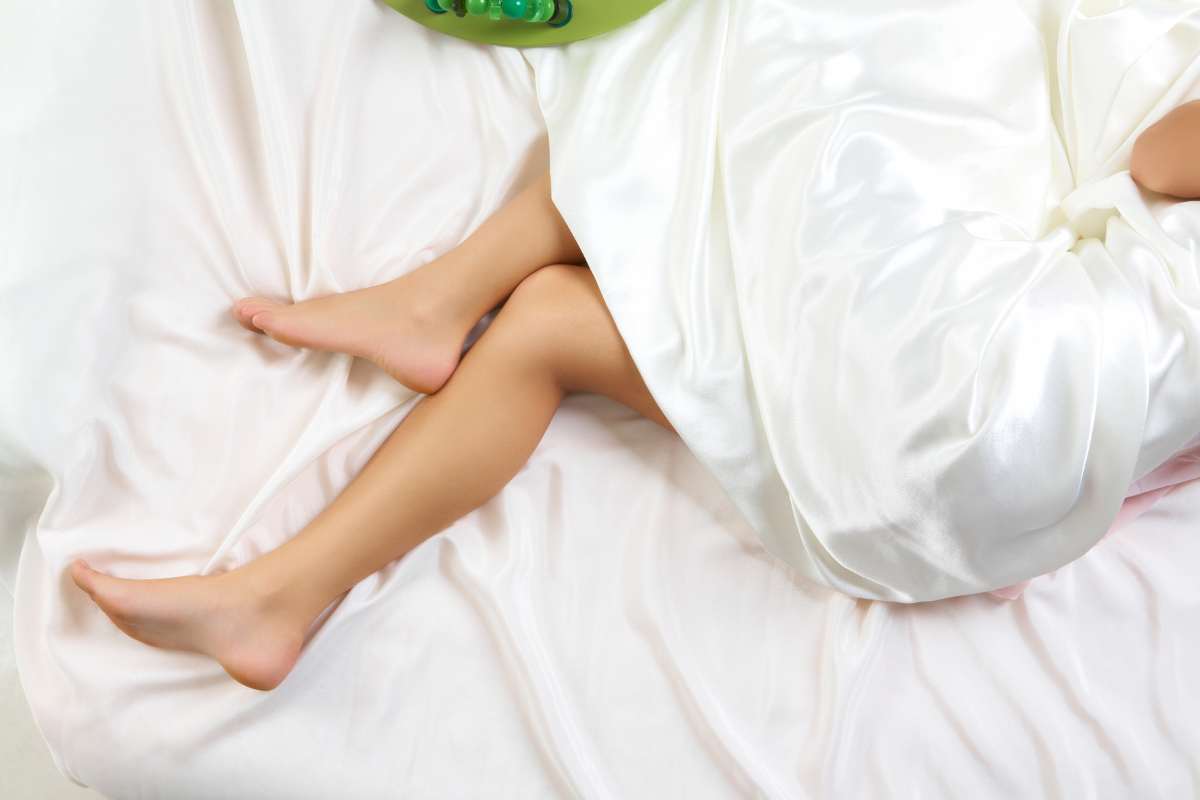

New! Comments
Share your tips and feedback. Leave me a comment in the box below.